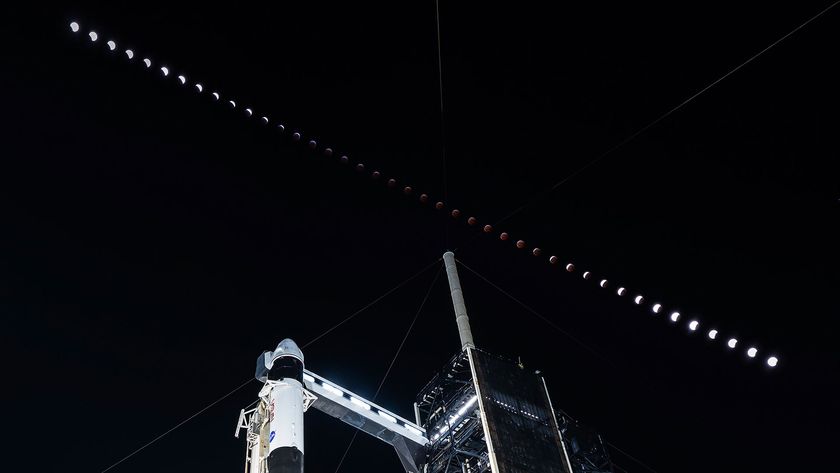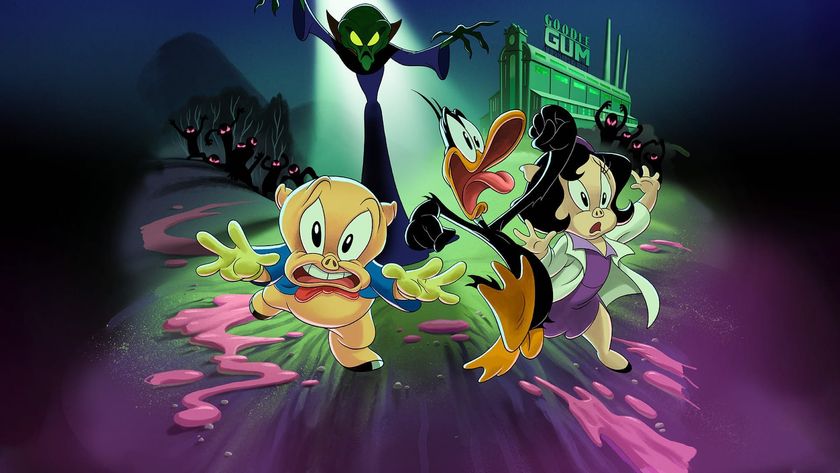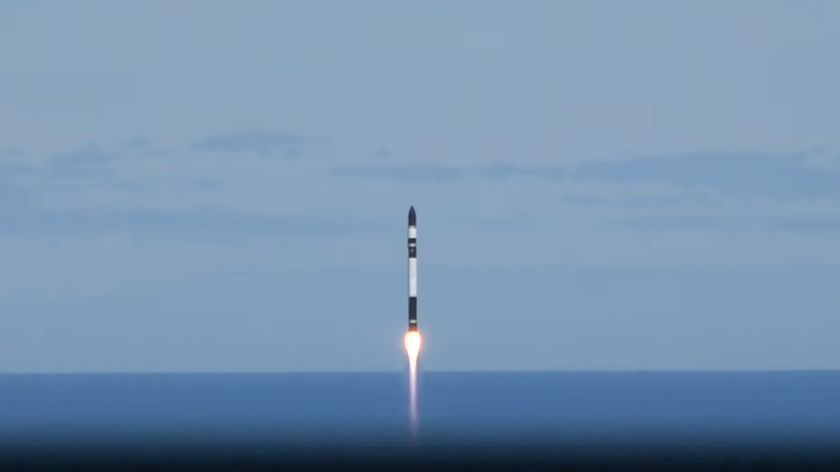How to Spot Asteroid Juno in the Night Sky
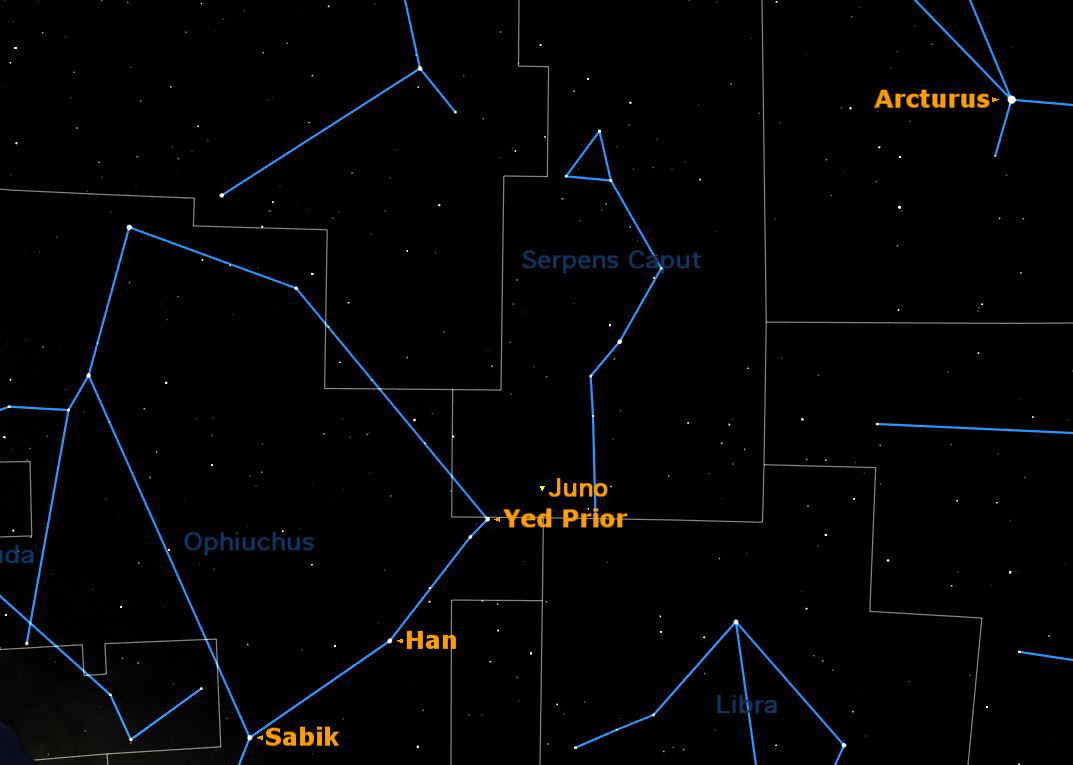
A small, faint asteroid will be coming into view this week, and lucky skywatchers with the right tools could catch a glimpse of the space rock.
In the first few years of the 19th century, astronomers discovered four new bodies between the orbits of Mars and Jupiter. Three of these asteroids, Ceres, Pallas and Vesta, were fairly large objects, measuring between 592 and 319 miles (952 and 513 kilometers) across.
The fourth asteroid, Juno, was much smaller and fainter. It was discovered by the German astronomer Karl Harding in 1804.
Irregular in shape, Juno measures 199 by 166 by 124 miles (320 by 267 by 200 km), with an average diameter of 145 miles (233 km). This makes Juno about the size of the state of Maine.
At its brightest, Juno is only magnitude 7.4, which is much too faint to be visible with the unaided eye. Astronomers use magnitude to determine how bright objects appear in the night sky. Essentially, the lower the magnitude, the bright something will appear. [Skywatching Maps, Charts and Books]
This week, Juno will arrive at a point opposite the sun, in what astronomers call "opposition." But since the asteroid will be only magnitude 9.8, conditions are not favorable.
This is because Juno has one of the most eccentric orbits of any of the large asteroids. At its closest (perihelion), Juno is only twice as far from the sun as the Earth. At its farthest (aphelion) it is 3.4 times farther from the sun than Earth. This week's opposition finds it close to aphelion, which was on May 8.
Get the Space.com Newsletter
Breaking space news, the latest updates on rocket launches, skywatching events and more!
At magnitude 9.8, Juno will be a challenging object to see using binoculars, but should be easily visible in most telescopes, provided viewing conditions are good. However because of its tiny size, it will look like a star-like point of light in even the largest telescopes.
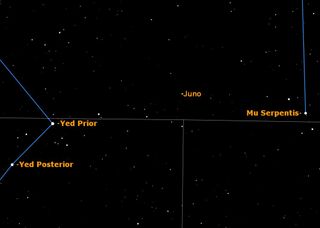
If Juno looks just like a star, how will you know if you've seen it? Make a sketch of the field and check again the next night or even the next hour. Juno will have moved detectably. This is exactly the way that astronomers detect new asteroids and comets: by their movement.
On Sunday night (May 20), Juno will be nicely framed by two fairly bright stars, Yed Prior in Ophiuchus and Mu Serpentis in the western part of the only two-part constellation, Serpens.
Ophiuchus was in the news recently when some astrologers decided to add it to the 12 zodiac constellations. Astronomers found this amusing because they had recognized Ophiuchus as a large and important constellation for thousands of years. In fact, the sun, moon, and planets spend far more time in Ophiuchus than they do in Scorpius next door.
Ophiuchus is known as "the serpent bearer" also called Asclepius in roman mythology, the father of medicine. Early physicians used snake venom in some of their treatments, so Asclepius is depicted holding a severed snake: head in one hand, tail in the other.
These two halves of Serpens are known as Serpens Caput and Serpens Cauda. Juno is located between Mu, the southernmost star in Serpens Caput, and Yed Prior (Delta Ophiuchi), the westernmost star in Ophiuchus.
Be sure to also take a look at Venus, which should appear low in the northwest just after sunset. Venus is dropping rapidly towards the sun, heading for its transit on June 5 and 6. Even in modest binoculars you can clearly see Venus as a tiny crescent, backlit by the sun.
This article was provided to SPACE.com by Starry Night Education, the leader in space science curriculum solutions. Follow Starry Night on Twitter @StarryNightEdu.
Join our Space Forums to keep talking space on the latest missions, night sky and more! And if you have a news tip, correction or comment, let us know at: community@space.com.

Geoff Gaherty was Space.com's Night Sky columnist and in partnership with Starry Night software and a dedicated amateur astronomer who sought to share the wonders of the night sky with the world. Based in Canada, Geoff studied mathematics and physics at McGill University and earned a Ph.D. in anthropology from the University of Toronto, all while pursuing a passion for the night sky and serving as an astronomy communicator. He credited a partial solar eclipse observed in 1946 (at age 5) and his 1957 sighting of the Comet Arend-Roland as a teenager for sparking his interest in amateur astronomy. In 2008, Geoff won the Chant Medal from the Royal Astronomical Society of Canada, an award given to a Canadian amateur astronomer in recognition of their lifetime achievements. Sadly, Geoff passed away July 7, 2016 due to complications from a kidney transplant, but his legacy continues at Starry Night.






